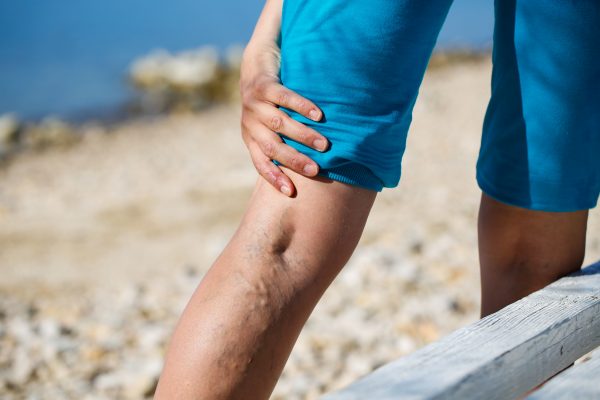If you're suffering from varicose veins, you are not alone. Varicose veins affect many humans and can cause both cosmetic and medical worries. Fortunately, there are a whole lot of remedies to be had to help manipulate and deal with these ugly veins. In California, vein treatment clinics offer a number of strategies to restore your legs to their herbal, wholesome look. But how much does vein remedy value, and how can you discover the right vein treatment specialist in your area?
What Are Varicose Veins?
Varicose veins are enlarged, swollen veins that typically appear at the legs and feet. These veins arise while the valves inside the veins weaken, causing blood to pool and the veins to stretch. Symptoms may also encompass pains, swelling, soreness, and heaviness in the legs.

Types of Vein Treatments
Several treatment options are to be had to cope with varicose veins, ranging from minimally invasive techniques to extra substantial surgical solutions.
1. Sclerotherapy: This non-surgical treatment includes injecting a unique answer into the affected veins, causing them to fall apart and gradually fade from view. Sclerotherapy is particularly effective for small varicose veins and spider veins.
2. Endovenous Laser Therapy (EVLT): Using warmness from a laser, EVLT is a minimally invasive remedy that seals off varicose veins from the internal. It’s a quick, outpatient system that can considerably reduce the arrival of large veins.
3. Radiofrequency Ablation (RFA): Similar to EVLT, RFA makes use of radiofrequency power to shut off damaged veins. It’s another alternative for patients with mild to severe varicose veins and is frequently used when laser remedy isn’t suitable.
4. Vein Stripping: In some instances, an extra invasive method known as vein stripping may be essential. This surgical procedure involves casting off the damaged veins. It’s normally recommended for intense instances when other treatments have not labored.
How Much Does Vein Stripping Cost?
When you marvel, “How much does it cost to get your veins stripped?It will rely on the area, the complexity of the method, and your insurance insurance. However, the fee could be better depending on the clinic or the physician’s expertise. If you have health insurance, the technique is probably partly or fully blanketed if the treatment is deemed medically important.
Do Insurance Companies Cover Vein Treatments?
When you are thinking, “Are varicose vein treatments covered by insurance? if they're considered medically important. If you experience signs like pain, swelling, or ulcers, your insurer may approve treatments, which may include laser therapy or vein stripping. However, beauty techniques or remedies for aesthetic reasons might not be included in simple terms.
Finding the Right Vein Treatment Specialist in California
If you're seeking out vein treatments in California, it’s essential to discover a legitimate vein treatment medical institution with qualified professionals. A vein remedy professional can assist in investigating the severity of your situation and propose the most appropriate treatment alternatives.

Vein treatment clinic across California provide customized care to address each affected person's unique desires. Specialists will usually conduct an intensive exam, inclusive of an ultrasound, to evaluate the veins and determine the pleasant path of treatment.
When deciding on a vein treatment specialist, search for a person with extensive experience in vein care and an awesome music record of a hit effect. Many experts offer consultations, so take the possibility to ask about your alternatives, the expected results, and the expenses concerned.
Conclusion
Varicose veins don’t ought to be a lifelong concern. With plenty of effective treatments to be had at vein treatment California, you may improve the advent and health of your legs. Whether you’re looking for minimally invasive treatments like sclerotherapy or need more superior approaches along with vein stripping, the right vein treatment professional can guide you through the manner.